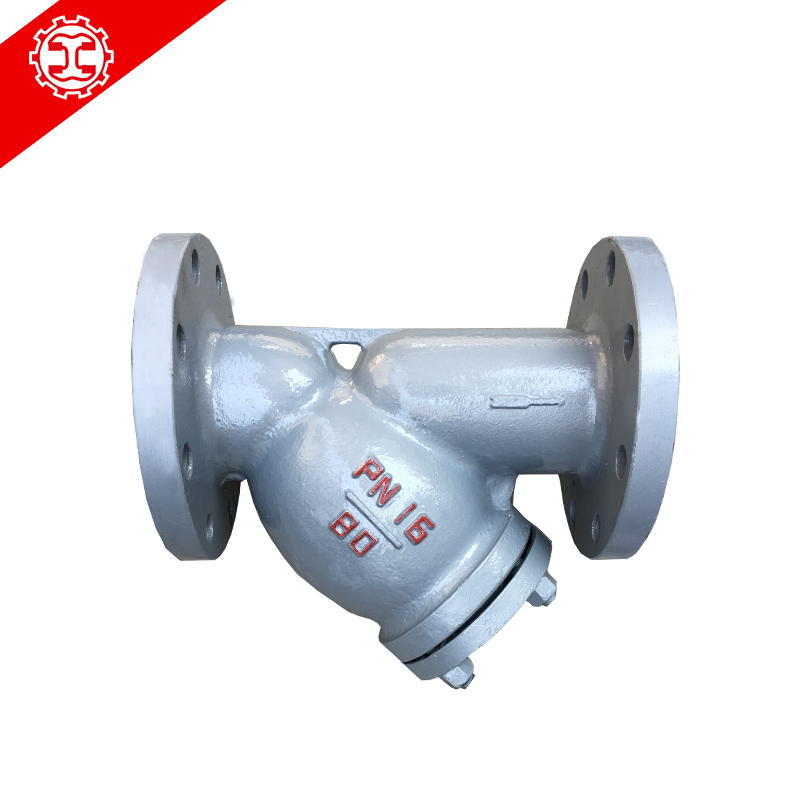Valves, as key mechanical devices for controlling the flow rate, direction, pressure and temperature of fluid media, play a crucial role in pipeline systems. This article aims to provide everyone with a comprehensive knowledge guide on valves, covering the classification, models and representation methods of valves, as well as the main imported brands of various types of valves. Through in-depth study and communication, we will enable you to have a more comprehensive understanding of valves.

Classified by pressure
Vacuum valve: Suitable for applications where the nominal pressure is lower than the standard atmospheric pressure.
Low-pressure valves: Nominal pressure not exceeding 1.6 MPa, suitable for low-pressure fluid media.
Medium-pressure valves: With nominal pressure within the range of 2.5 to 6.4 MPa, they are suitable for medium-pressure fluid media.
High-pressure valves: With nominal pressure ranging from 10 to 80 MPa, they are suitable for high-pressure fluid media.
Ultra-high pressure valves: Nominal pressure exceeding 100 MPa, suitable for ultra-high pressure fluid media.
Classified by the working temperature of the medium
High-temperature valves: Suitable for working temperatures above 450℃.
Medium-temperature valves: The working temperature ranges from 120℃ to 450℃.
Normal temperature valves: The working temperature ranges from -30℃ to 120℃.
Low-temperature valves: Suitable for applications where the working temperature is below -30℃.
Classified by nominal diameter
Small-diameter valves: Nominal diameter less than 40mm, suitable for low-flow fluid media.
Medium diameter valves: With nominal diameters ranging from 40 to 300mm, they are suitable for medium flow fluid media.
Large-diameter valves: Nominal diameters range from 350 to 1200mm, suitable for high-flow fluid media.
Extra-large diameter valves: With a nominal diameter exceeding 1400mm, they are suitable for extremely large flow fluid media.
Classified by driving mode
Manual valves: Driven by handwheels, handles, etc. by human power, they are suitable for occasions that require manual operation.
Electric valves: Driven by electric motors or other electrical devices, they achieve remote or automatic control.
Hydraulic valves: Driven by liquid media such as water and oil, they are suitable for controlling liquid media.
Pneumatic valves: Driven by compressed air, they are suitable for applications that require rapid response.
Classify by use
Valves can also be classified according to their specific uses, such as stop valves, control valves, safety valves, etc., to meet different industrial needs.
 CN
CN RU
RU








 陕公网安备61010402000899
陕公网安备61010402000899